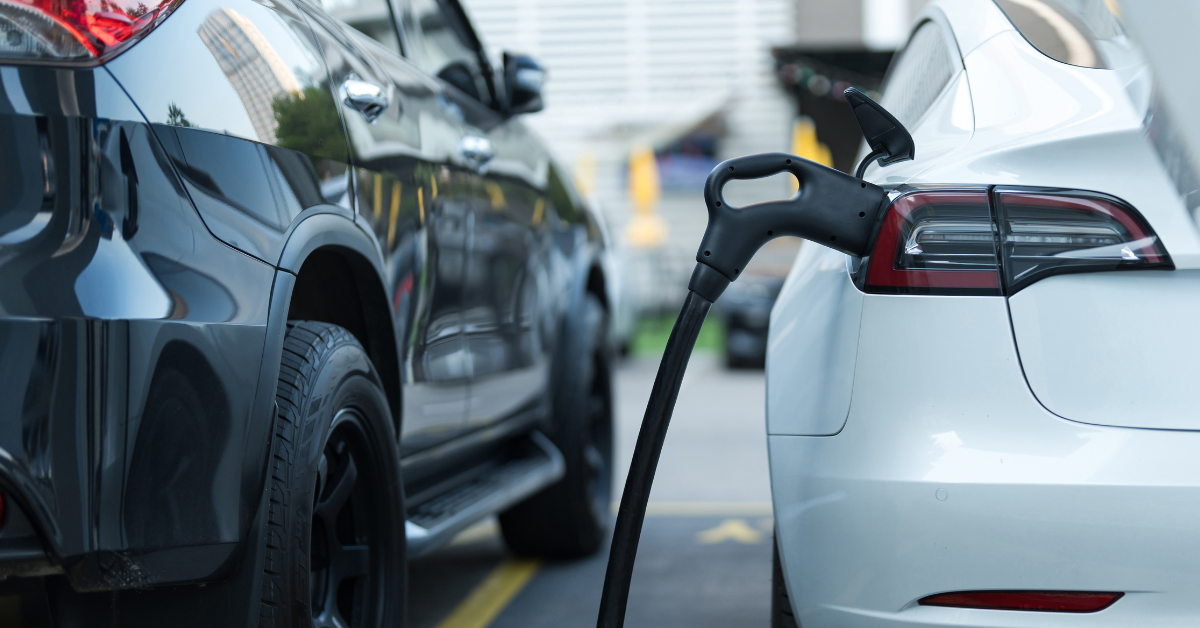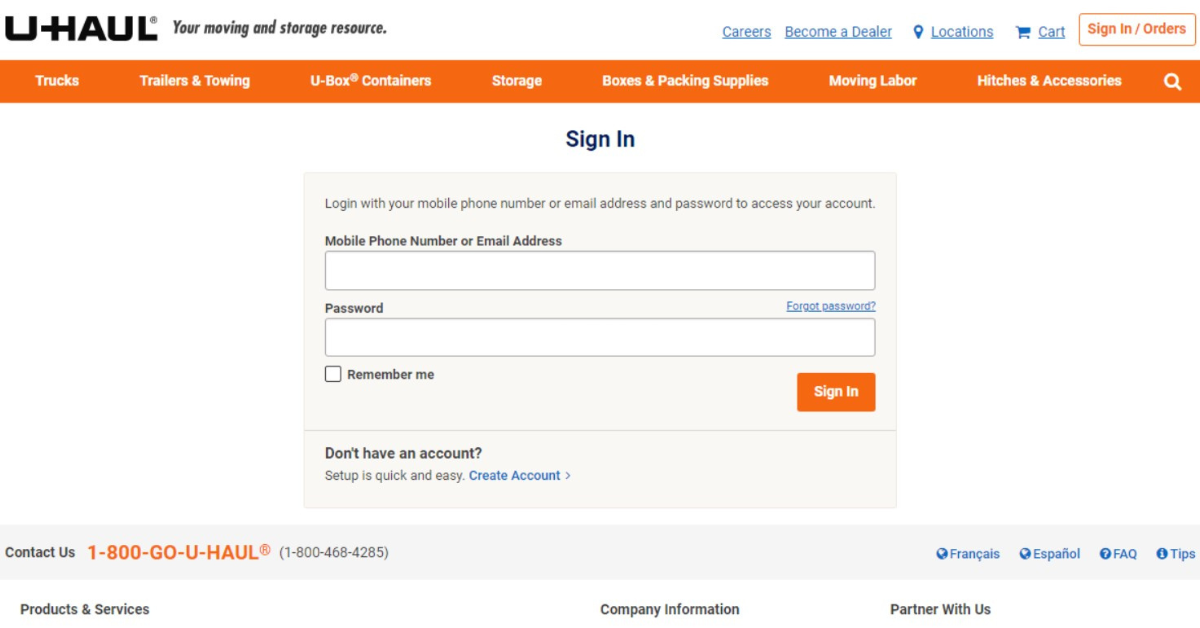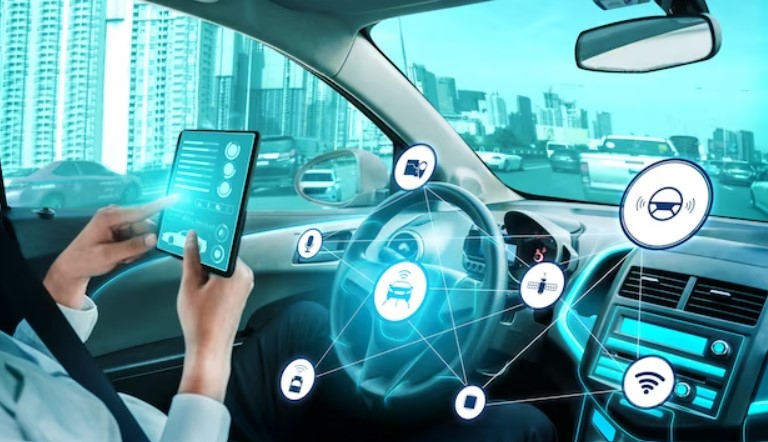Businesses all across the globe are shifting their operations to the cloud. It is beneficial to them in many cases as cloud processing is much faster and more accurate than traditional methods. But as organizations take their business operations online, they must ensure that only authorized individuals can access the cloud. Fraudsters also take advantage of online business platforms by bypassing security protocols using fake identities. They pretend to be someone who has access to online organizational resources and tricks the security solutions. This leads businesses to significant losses, causing financial and reputational damage.
During the pandemic, $48 billion was lost worldwide due to e-commerce fraud. Face recognition solutions play a significant role in this regard. This blog will explain how face recognition technology is changing the business development landscape.
What is Face Recognition?
Face recognition is a game-changing technology that verifies people by their facial characteristics. This technique was used during the pandemic when physical contact was limited. During the face recognition process, a camera or a face scanner analyzes the human face. It records facial characteristics such as nose shape, eye size, and overall face geometry. After storing the face data in the repository, it can now differentiate the new face from all other faces in the database.
Face scan identity solutions are increasing with time. It is a convenient solution for most businesses that need to verify their customers and new business partners. With the addition of technology such as artificial intelligence and machine learning, face recognition solutions are becoming more and more accurate and precise.
Are Face Verification Solutions Safe to Trust?
Face recognition technologies have become popular in recent years due to their ability to streamline different operations and improve security. However, there are important aspects to consider when it comes to trusting these systems. While advancements in AI and machine learning have substantially increased the accuracy of face verification, privacy, and data protection concerns persist. Face recognition systems, like any other technology, are not perfect and can occasionally result in false positives or negatives. To ensure the safety and integrity of these solutions, suitable safeguards, and strict data management protocols must be implemented.
Industrial Use Cases of Face Recognition Solutions
Face scan identity technologies have found extensive use in various industries, disrupting traditional processes and paving the way for increased efficiency and security. These solutions are used in manufacturing and logistics to improve personnel management, track attendance, and optimize resource allocation.
Identity Verification
One of the most common applications of face verification services is identity verification. Businesses and organizations rely on these systems to verify individuals’ identities during account creation, client onboarding, and access to sensitive information. Face recognition solves a high level of accuracy and decreases the danger of identity theft and fraud by comparing a person’s facial features to a pre-registered image or database.
Smartphone Unlocking
With face recognition technology, smartphone unlocking has become more convenient and secure. Users may unlock their gadgets by simply looking at them, disregarding the need for tedious passwords or PINs. The system scans and analyzes the user’s facial features using a front-facing camera, guaranteeing that only authorized users can access the device.
Employee Attendance
Face recognition solutions have transformed employee attendance tracking in a variety of organizations. Traditional manual techniques, such as swipe cards or biometric scanners, are getting replaced in favor of liveness detection technology. These solutions not only save time but also eliminate errors and improve attendance management efficiency. Employees can easily clock in and out by facing a camera, and the system logs their working hours precisely. To build acceptance and trust in these new attendance tracking technologies, it is critical to address privacy issues and maintain clear communication with employees.
Touchless Authorization
Touchless authorization has grown in popularity, particularly in post-pandemic environments where reducing physical contact is critical. Face recognition solutions are critical in providing touchless authorization in various settings, including secure building access, public transit, and event entrance points. Individuals can acquire access without physical tokens or touch-based devices by relying on facial biometrics. Strong cybersecurity measures are required to prevent unauthorized access attempts and potential data breaches.
Final Thoughts
Face recognition technologies are resulting in substantial breakthroughs in a variety of industries, ranging from security and convenience to productivity and efficiency. The systems have risks, just like any other technology. Businesses and consumers must balance embracing the benefits of facial recognition and protecting privacy and data security. Face liveness verification improves daily operations, increases security, and promotes innovation in the digital age by employing tight procedures, complying with legislation, and fostering transparent communication.





